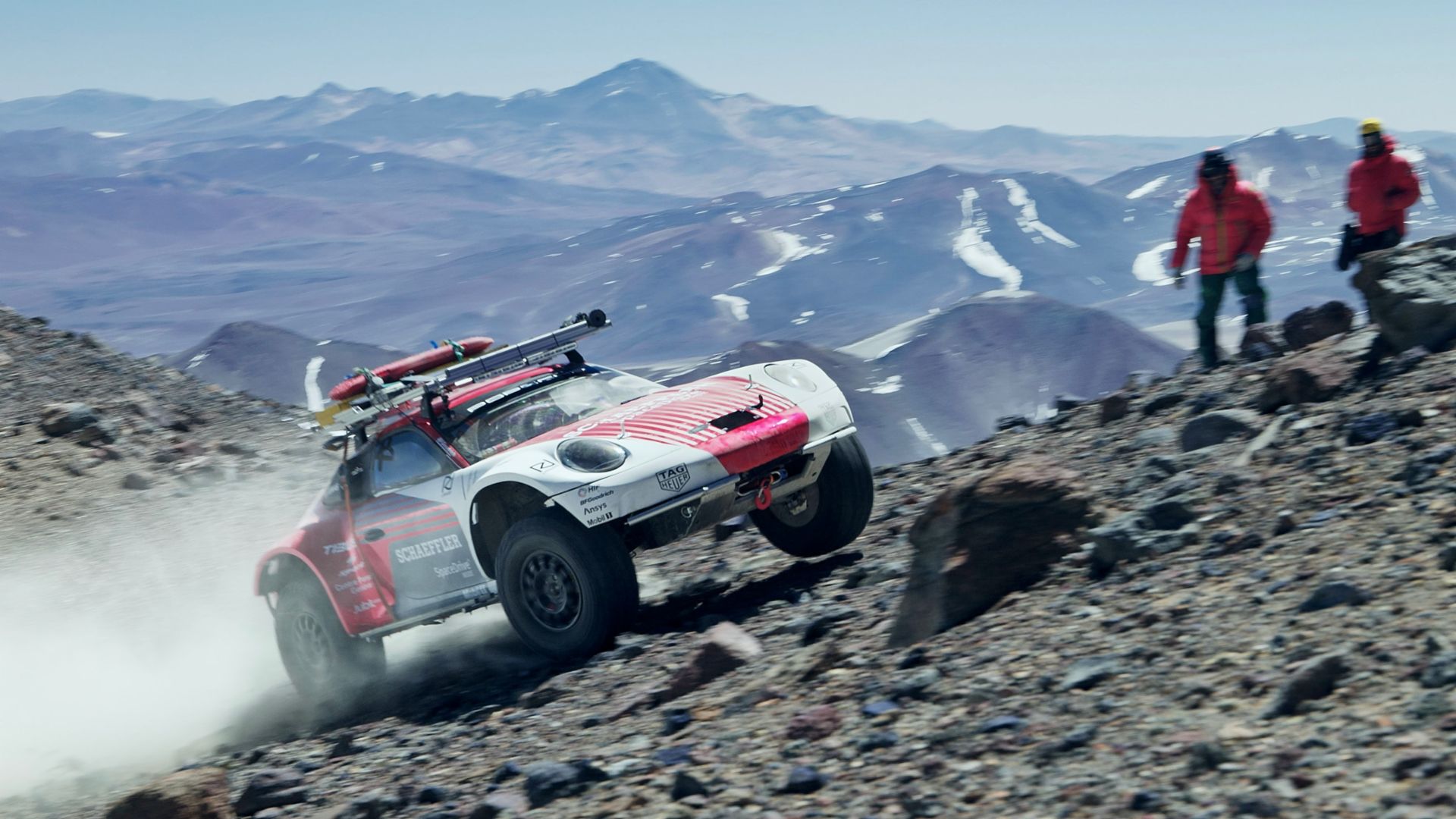To give you an idea of how high that is, consider that the highest mountain in the Alps, Mont Blanc, peaks at 1,934 meters (6,345 feet) below. We should also consider that the previous altitude record sat at 6,694 meters (21,961 feet),
Romain Dumas was supported by an international team made up of members from Chile, France, Germany, the United States, Canada and Switzerland. The team faced extreme conditions. The air at altitude was only about half as dense as at sea level, while temperatures hovered around 20 degrees below freezing.
“I’ll never forget this experience. It was an extraordinary feeling to drive where no car has gone before,” said Romain Dumas shortly after his descent from the volcano. “The 911 managed to go higher than any other earthbound vehicle in history. We reached a point where we were met by the true summit of the west ridge - we could go no higher. So this really was the maximum altitude that can be achieved. A proud moment for the whole team – and we’re grateful for the support and belief of all of our partners, each of whom made this possible.”
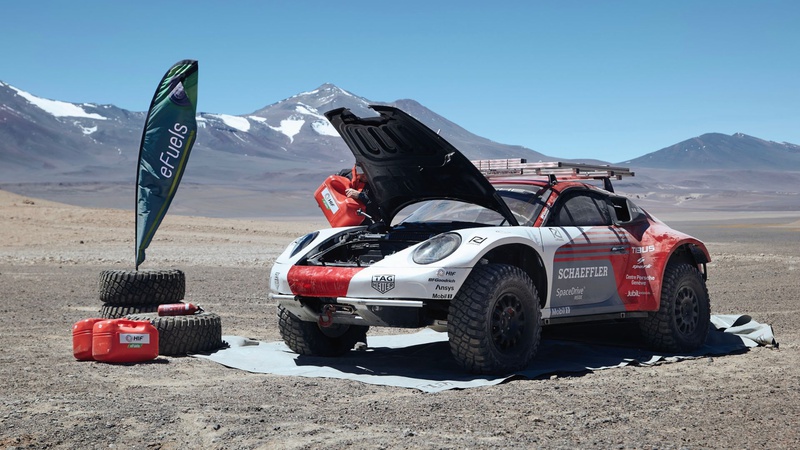
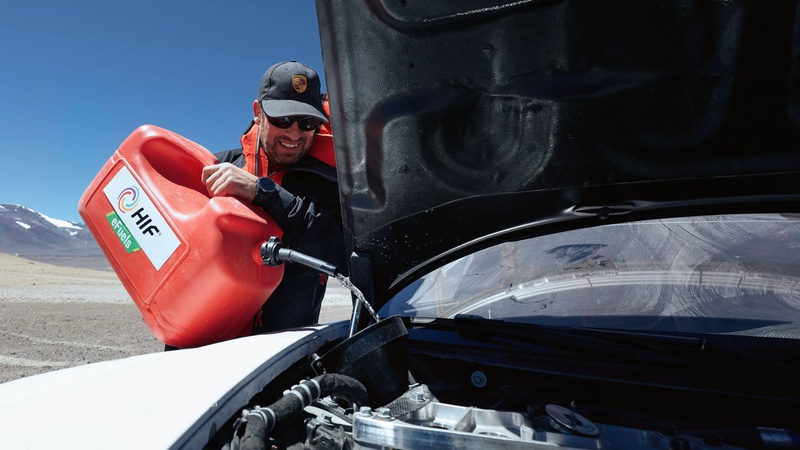
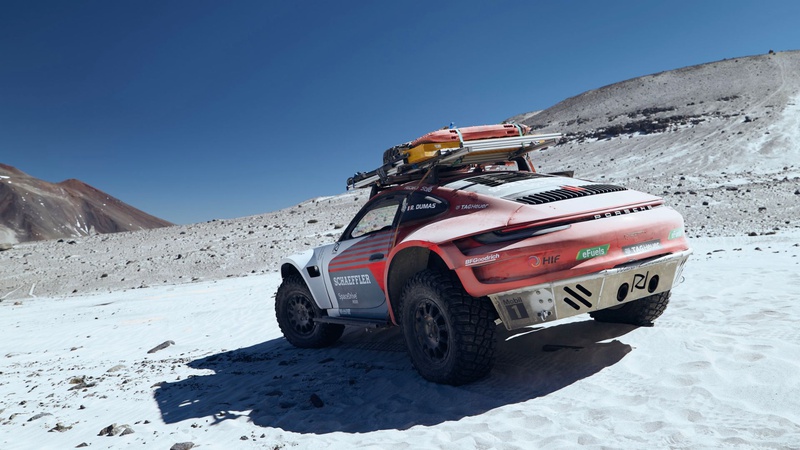
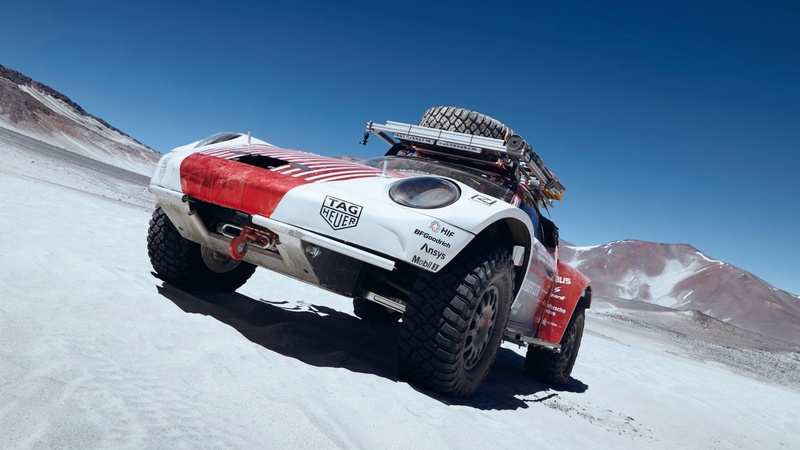
Porsche 911 achieves new altitude world record
The expedition using two significantly modified Porsche 911 models was supported by HIF Global, Schaeffler Group, Mobil 1, BFGoodrich and TAG Heuer. These businesses supported the international team of guides, engineers, drivers and mountain climbers with expertise and technology.
The two 911 models used in this expedition were powered by eFuels produced in the HIF pilot project "Haru Oni in Punta Arenas".
Two modified Porsche 911 models were nicknamed Doris and Edith. Both are based on the current generation 911 Carrera 4S. Both cars kept the engine they had when they rolled out of the factory, which was the 3.0-liter six-cylinder rated at 443 horsepower.
The engine was mated to the standard seven-speed manual transmission. It was also made to run smoothly with Mobil 1 lubricants.
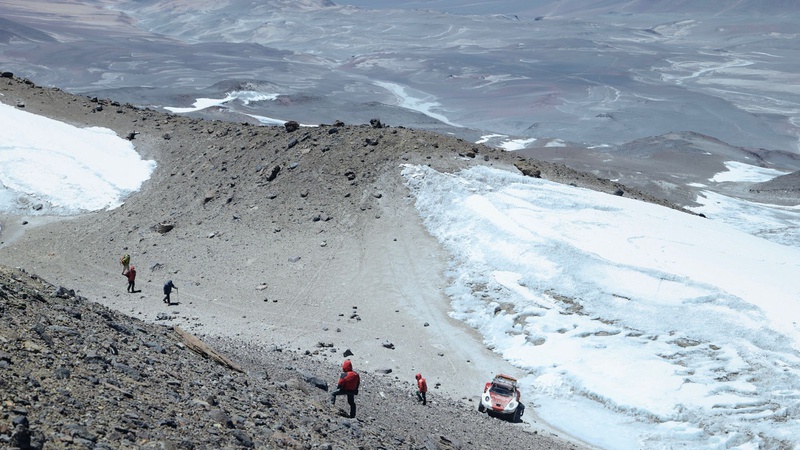
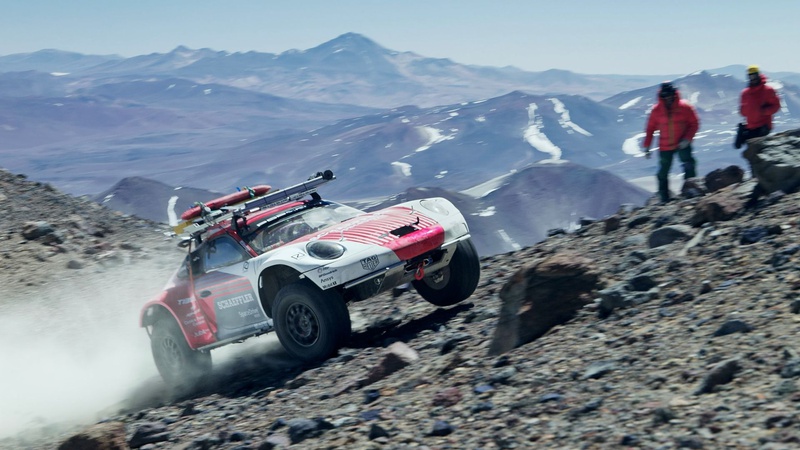
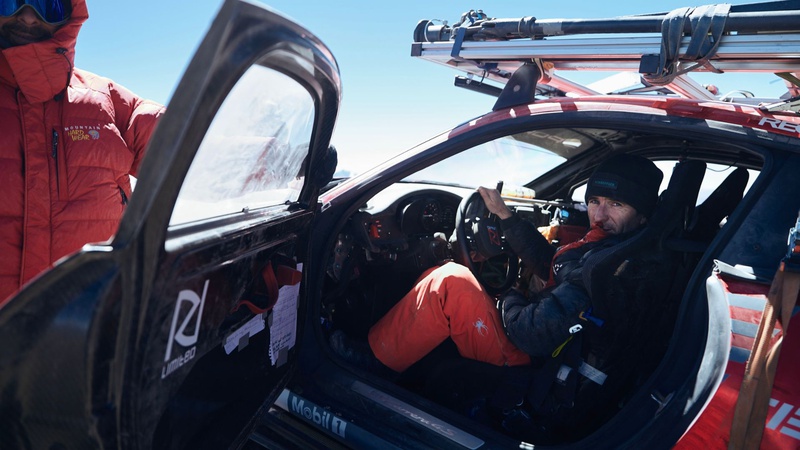
Porsche 911 achieves new altitude world record
The two cars were equipped with carbon fiber seats, and five-point harnesses. Next, portal axles were added to increase ground clearance (now 13.7 inches / 350 mm). The portal axles also had the effect of reducing the gear ratios, allowing for precise, gentle throttle inputs at low speed. In addition, the cars were equipped with special lightweight but tough Aramid fiber underbody protection to allow sliding over rocks.
The lead car received a very special additional piece of technology – steer by wire – developed and provided by Schaeffler Group. The system called Space Drive was capable of meeting the extreme demands of the volcano and the terrain, offering precision and detailed feedback to allow Romain Dumas to place the car precisely where he needed it.
Throughout the expedition the project took a cautious, safety-first approach. The team took two weeks to slowly acclimatize to the altitudes, slowly gaining in height day after day. The push for the summit occurred on Saturday, December 2nd with the team setting off at 3:30am. At 3:58pm, the summit and the end of the journey had been reached.
Source: Porsche
